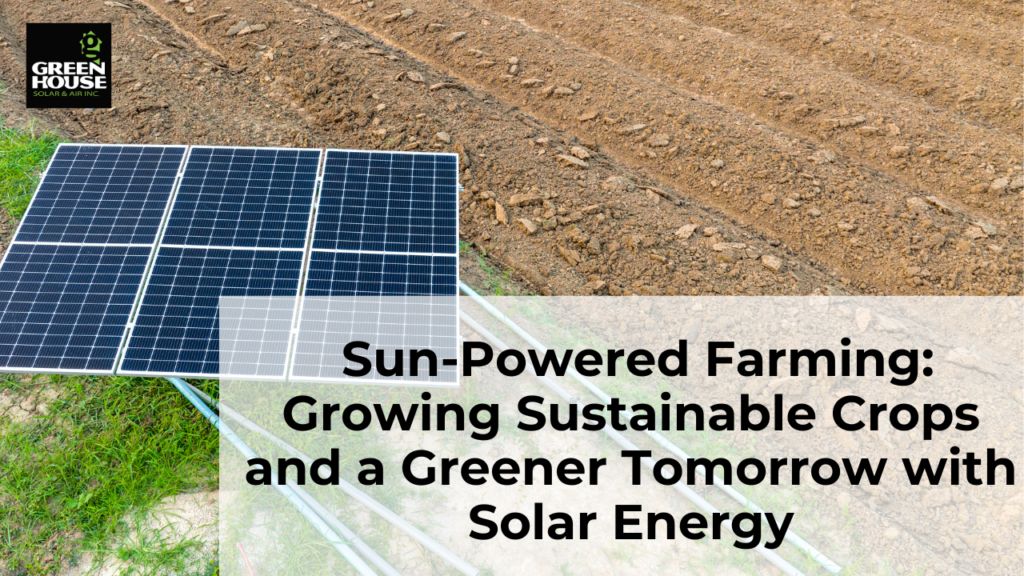
The agricultural sector faces both the challenge of meeting increasing global food demand and the responsibility of mitigating its environmental impact. Solar energy is emerging as a powerful tool to address both these concerns by providing sustainable energy solutions to power farms and enhancing agricultural practices. In this article, we will delve into the integration of solar energy in agriculture and its transformative effects.
Solar-Powered Irrigation
1. Efficient Water Pumping: Solar-powered water pumps draw water from wells, rivers, or other sources to irrigate crops. By harnessing energy from the sun, farmers can reduce operational costs and improve water resource management.
2. Remote Irrigation: Solar-powered pumps are especially beneficial in remote areas where electricity infrastructure is limited or unavailable, providing access to irrigation and enhancing crop yields.
On-Farm Energy Generation
1. Solar Panels on Farms: Installing solar panels on farmland generates renewable energy to power agricultural operations, reducing reliance on grid electricity and lowering operational expenses.
2. Energy for Equipment: Solar energy can power farm equipment, such as tractors, plows, and machinery, decreasing the carbon footprint associated with traditional fuel-powered machines.
Benefits of Solar Energy in Agriculture
1. Cost Savings: Solar-powered irrigation and energy generation can lead to significant cost savings for farmers by reducing electricity and fuel expenses.
2. Energy Independence: Farmers can generate their own energy, becoming less dependent on external energy sources and price fluctuations.
3. Environmental Stewardship: Solar-powered agricultural practices reduce greenhouse gas emissions and contribute to more sustainable land use.
4. Improved Resilience: Solar energy solutions enhance resilience by providing a stable power supply during grid outages or energy shortages. I’m
Challenges and Innovations
1. Initial Investment: The cost of solar equipment and installation can be a barrier for some farmers. However, falling solar prices and government incentives are making solar adoption more accessible.
2. Land Use Considerations: Integrating solar panels into agricultural land requires careful planning to avoid interfering with crop growth and land productivity.
Integrated Farming Systems
1. Agrovoltaics: This approach involves growing crops under the shade of solar panels, creating a dual-use system that maximizes land productivity.
2. Solar-Powered Aquaculture: Solar energy can power water pumps and aerators in aquaculture systems, improving water quality and fish production.
Conclusion
The marriage of solar energy and agriculture exemplifies the power of innovation in addressing complex challenges. Farmers can increase their efficiency, reduce costs, and contribute to a more sustainable and resilient agricultural system by harnessing the sun’s energy. As technology advances and awareness grows, solar-powered agriculture is poised to play an instrumental role in nourishing both our growing population and the planet.

